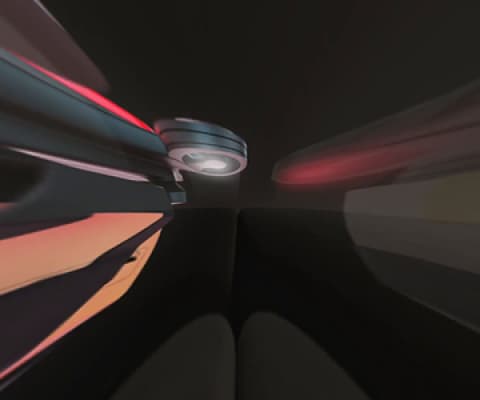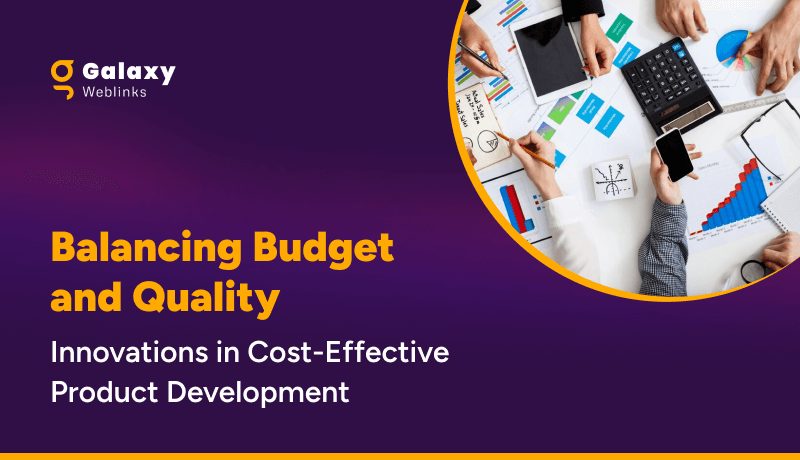Headless CMS has gained popularity among developers, marketers, QA engineers, and even designers. And there is enough buzz in its favor, especially amongst developers, which shows that it is a promising technology. There are other CMS systems in place that seem to be doing well, but headless CMS is a definitive upgrade from them.
Headless CMS is giving developers more freedom to focus on core user experiences without worrying about how content is being showcased across platforms. They can juggle with frameworks and tools of their choice with no specific vendor lock-in.
Read on to find out more about why Headless CMS is all in the rage.
1. Faster to market
Headless CMS allows developers and content creators to work in parallel, thanks to its decoupled mechanism. There is minimum back and forth between teams regarding content placements across different touchpoints. Developers can deliver the content via APIs call to devices and touchpoints. This way teams can concentrate on the overall user experience rather than cross verifying “if the content is placed correctly”, “is it in line with the platform content consumption format” etc.
2. Easy updates and maintenance
Maintenance is always an ongoing process and the easier it is, the more regular it will be. Developers do not dread updating and maintenance but it is tiring and tedious. There will always be new features, some glitches, small errors that will affect your user experience. Headless CMS ensures that no major red flags occur when making changes to content because there is a separation of frontend and backend.
3. Flexible tech stack for developers
A great thing about headless CMS is that your team of developers is not bound to a set choice of integrations and plugins that come with traditional CMS. While there is no harm in it, sticking to a single choice limits your options and you can not switch to better alternatives that might be there in the industry.
Headless CMS removes this barrier, any third-party tool can be integrated via APIs, thus giving a maximum selection pool. You can easily switch between tools as well, making it easy to stay on top of new technology. This gives developers immense flexibility, making headless CMS a great choice for them.
4. Better code reusability
When you have Headless CMS implemented, the modular approach gives developers the freedom to reuse code from other projects and even from older ones. There will be no need to keep changing your backend to accommodate the new changes that are done from time to time.
5. Focus more on personalized user experiences
Data is what drives personalized experiences. And Headless CMS’s API approach lets you collect data from various platforms and use them simultaneously. You can shape the API call’s responses as per requirements and deliver tailor-made user experiences. Additionally, there are some indirect routes opened for IoT devices as well.
Wrapping Up
The pointers mentioned above are the reason more and more developers are willing to shift to Headless CMS from traditional CMS and decoupled CMS. IKEA, Burger King, and many other big names have invested in headless CMS architectures, so what’s stopping you from experimenting a bit?
If you feel that there is more to know about headless CMS, drop us your contact information here, and we will be happy to assist you with any questions and migration.

